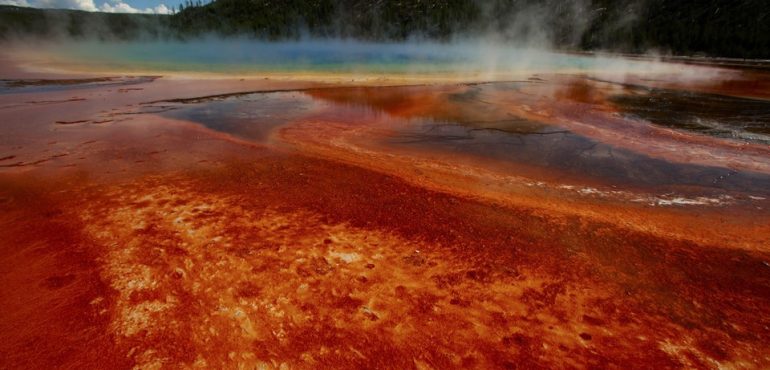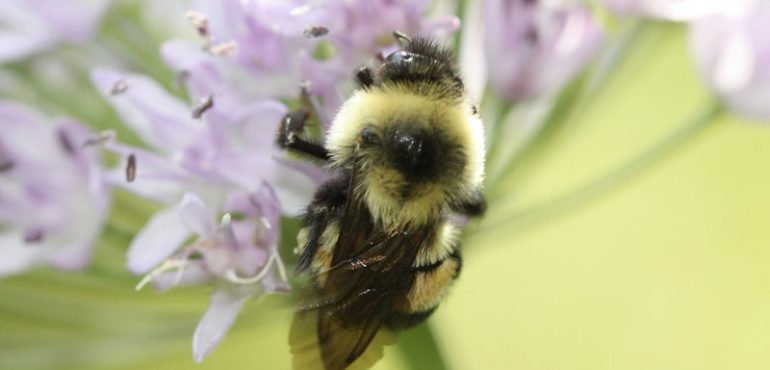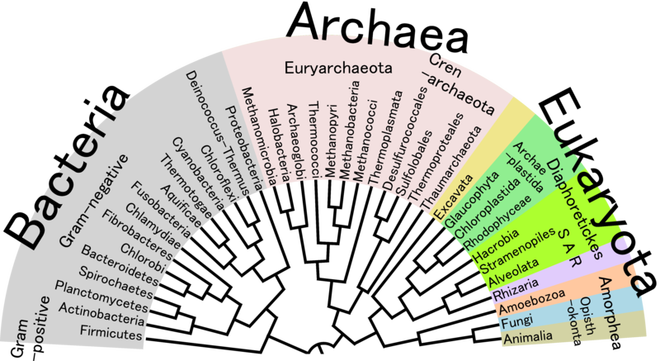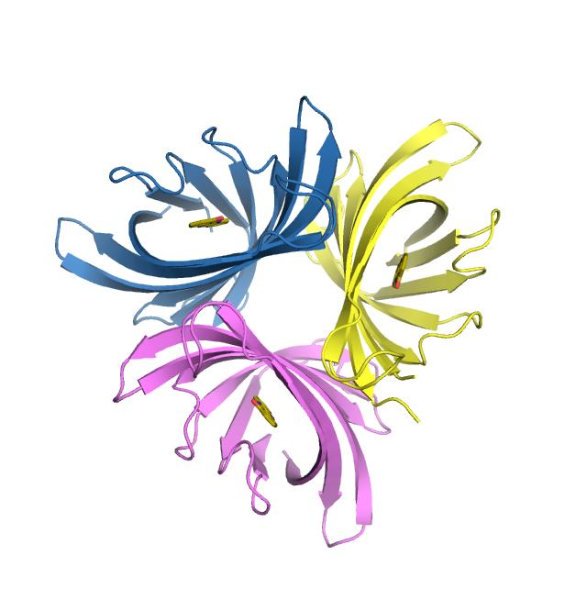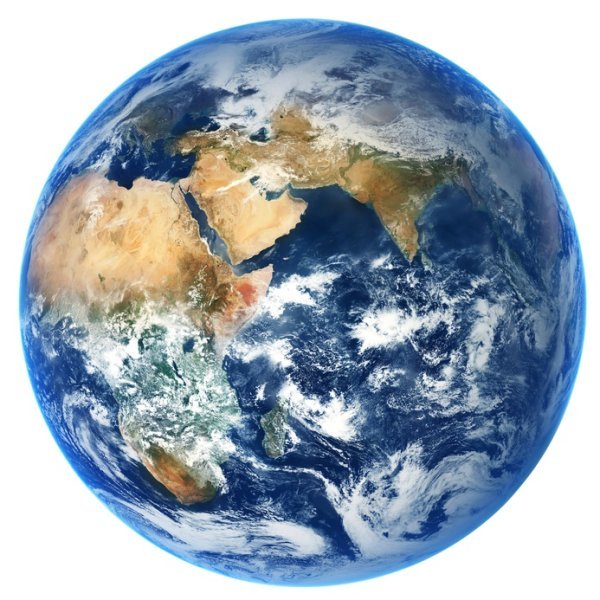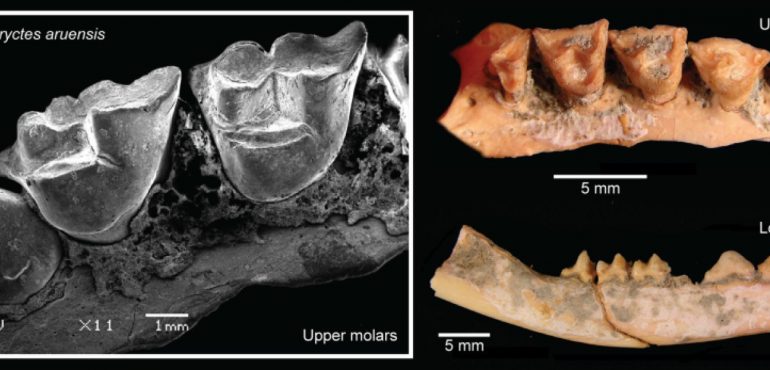In Norse mythology, humans and our world were created by a pantheon of gods who lived in the realm of Asgard. As it turns out, these stories have a grain of truth to them.Thanks to a team of scientists led by Thijs Ettema, Asgard is now also the name of a large clan of microbes.…
Read more
A Break in the Search for the Origin of Complex Life
